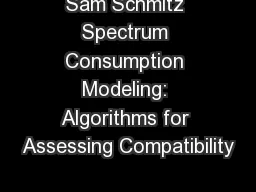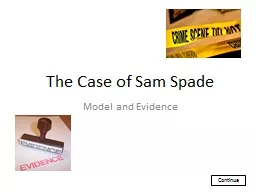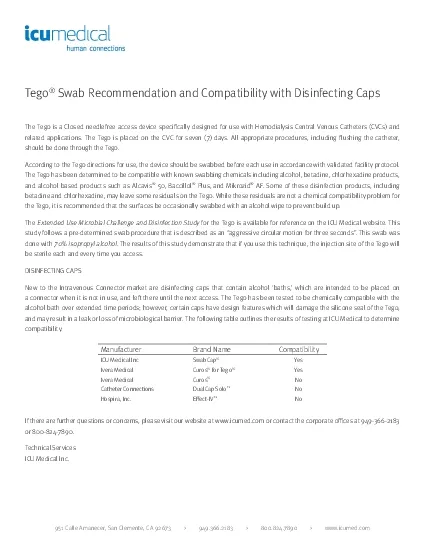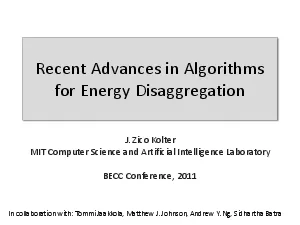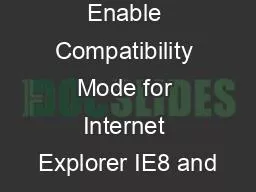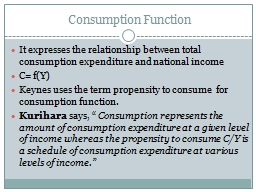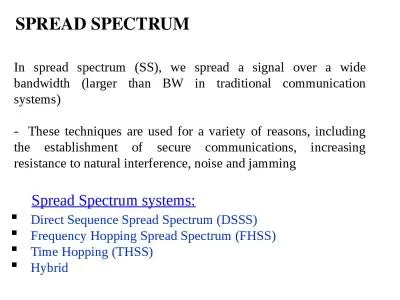PPT-Sam Schmitz Spectrum Consumption Modeling: Algorithms for Assessing Compatibility
Author : yoshiko-marsland | Published Date : 2018-11-09
Doc 514005202subs Purpose This document discusses the computations necessary to determine compatibility between Spectrum Consumption Models as described by John
Presentation Embed Code
Download Presentation
Download Presentation The PPT/PDF document "Sam Schmitz Spectrum Consumption Modelin..." is the property of its rightful owner. Permission is granted to download and print the materials on this website for personal, non-commercial use only, and to display it on your personal computer provided you do not modify the materials and that you retain all copyright notices contained in the materials. By downloading content from our website, you accept the terms of this agreement.
Sam Schmitz Spectrum Consumption Modeling: Algorithms for Assessing Compatibility: Transcript
Download Rules Of Document
"Sam Schmitz Spectrum Consumption Modeling: Algorithms for Assessing Compatibility"The content belongs to its owner. You may download and print it for personal use, without modification, and keep all copyright notices. By downloading, you agree to these terms.
Related Documents

